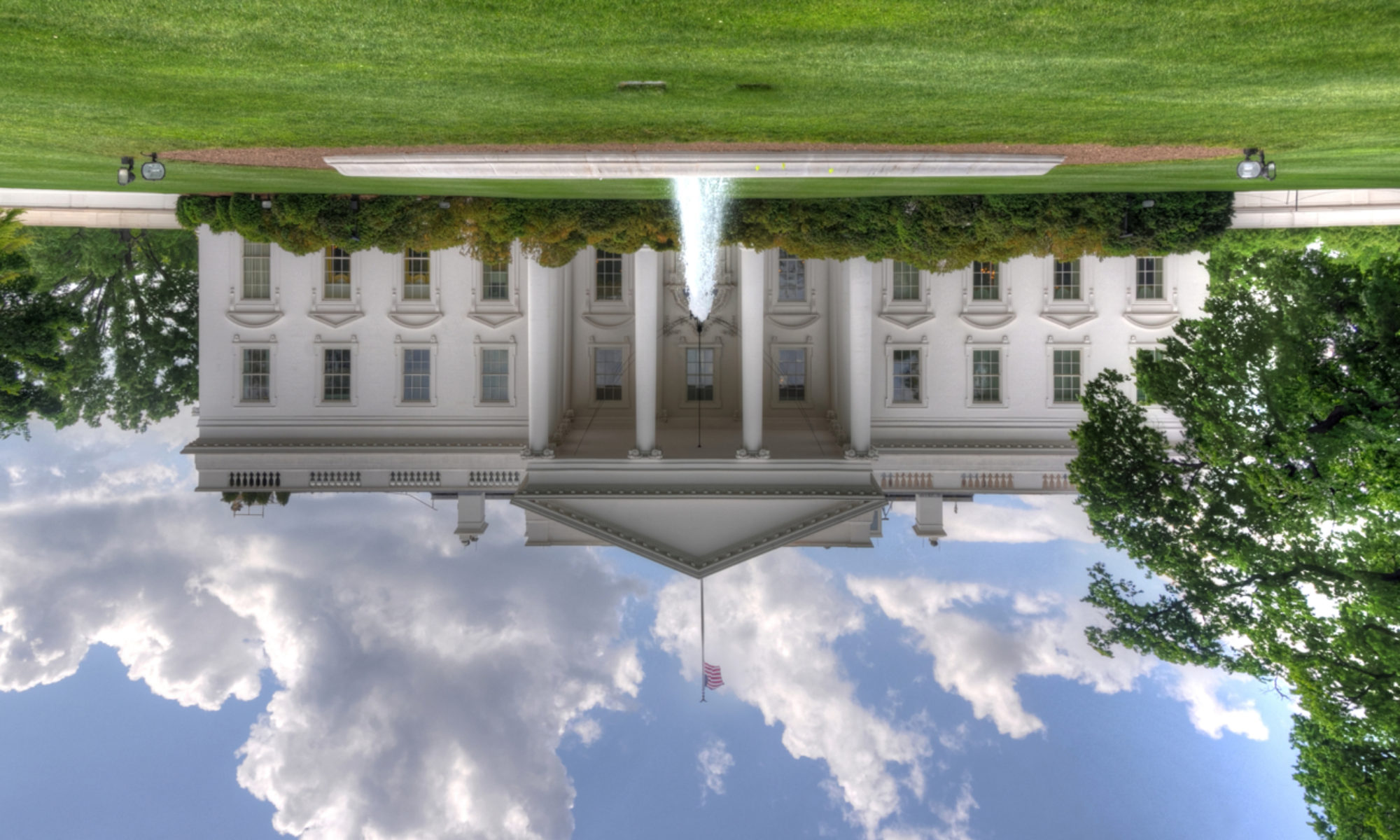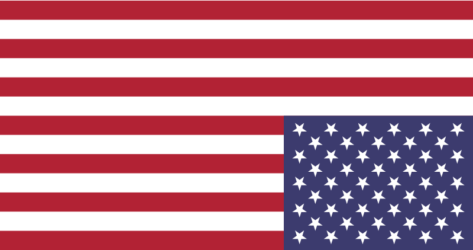As mostly peaceful demonstrations continue across the U.S., Donald Trump has not only avoided addressing the systemic racism in the U.S. that motivated the protests, he avoids even saying the word, “racism.” That is, except when he is defending himself against an accusation that he is a racist.
According to an ABC News poll, “74 percent of Americans view the death of George Floyd at the hands of a white police officer as a sign of an underlying racial injustice problem.”
In the past week, numerous leaders and public figures, both Democrat and Republican, have publicly condemned racism in the U.S.—the racism that led to the murder of George Floyd and other African Americans, by police.
Even Senate Majority Leader Mitch McConnell (R-KY), a Trump apologist, acknowledged that many Americans see the recent killings of African Americans George Floyd, Ahmaud Arbery, and Breonna Taylor as “the latest disturbing chapters in our long, unfinished American struggle to ensure that equal justice under law is not conditional on the color of one’s skin.”
Trump has been largely silent about racism, and has repeatedly conflated the peaceful protesters with others who have rioted and looted at the scenes of demonstrations. The effect is that his message of “law and order” and of violence against demonstrators seem more reasonable and even heroic, to his base.
“….These THUGS are dishonoring the memory of George Floyd, and I won’t let that happen. Just spoke to Governor Tim Walz and told him that the Military is with him all the way. Any difficulty and we will assume control but, when the looting starts, the shooting starts. Thank you!” Trump tweeted on May 29. (Twitter flagged the tweet with a warning, but did not remove it.)
The phrase, ‘When the looting starts, the shooting starts,” was first used in 1967 by then-Miami police Chief Walter Headley, and directed at young black men.
Despite Trump’s frequent tweets about the demonstrations, it took him two days to tweet about George Floyd’s death, though the disturbing video of the white police officer pinning Floyd down on the pavement with a knee to Floyd’s neck until Floyd died had been widely circulated.
“My heart goes out to George’s family and friends. Justice will be served!” Trump tweeted.
When Trump finally commented publicly (outside of Twitter) about Floyd’s death, his comments didn’t directly mention racism, but instead only acknowledged the pain of people who have “been through a lot.”
Trump also said, “The family of George is entitled to justice and the people of Minnesota are entitled to live in safety. Law and order will prevail.”
As with so many of Trump’s comments, they were vague enough and multi-purpose enough to satisfy his base in several ways. On one level, the base could use them to defend Trump against an accusation of racism. (“See, he is acknowledging that ‘they’ have been through a lot. He said George’s family deserves justice. That shows he’s not a racist.”) On another level, one could interpret them as showing strength (“He’s going to make sure those bad, looting protesters get what’s coming to them.”)
In the days that have followed, Trump has continued and even amplified his “law and order” rhetoric and signaling to his base regarding the demonstrations that are still taking place daily around the country. In his June 1 address about the demonstrations, Trump slipped in some remarks about defending 2nd Amendment rights:
“I am mobilizing all available federal resources — civilian and military — to stop the rioting and looting, to end the destruction and arson, and to protect the rights of law-abiding Americans, including your Second Amendment rights.”
Who among Trump’s base did not interpret Trump’s remarks as a call to arms– an invitation to the right-wing militia folks to step in and “help” with crowd control during the demonstrations?
Many white people are uncomfortable talking about race and racism, even if they hate it. Many others pretend or imagine that it doesn’t really exist, or that it’s “overblown.” But the blatant, hate-filled racist injustice that stared us all in the face by way of a video of George Lloyd being murdered by a police officer should be enough get almost anyone upset and talking about it. What president (or any decent human being) would not have been moved to immediately address his citizens’ outrage and pain? Our president, Donald J. Trump.
Even so, why has Trump not even pretended to care or be concerned for the millions of people of color in the U.S. whose lives are fraught with the effects of racism? Why has he not even uttered the word “racism,” acknowledged that it’s a national problem, or condemned it?
It’s because Donald Trump knows that his base is not interested. And Donald Trump is only interested in pandering to his base, who serve as his narcissistic reflection. Donald Trump only condemns what he thinks his base will praise him for condemning. He is only outraged when he perceives that someone has insulted or disagreed with him. And he is only moved by what impacts him and his re-election prospects.
“The president is always cognizant of how certain phrases are going to be interpreted by his hardcore base,” says Mark Anthony Neal, chair of the Department of African & African American Studies at Duke University. “He’s never going to talk about systematic racism in that way because he knows that’s something his base is not interested in and doesn’t want to hear.”
Donald Trump’s base doesn’t like it when someone accuses them of racism. Even if they acknowledge that racism exists, they don’t like seeing it as a problem that they’re a part of. And even if they see it as a problem, they don’t think it’s really a very big problem. They see the people who are the victims of racism—the immigrants and migrants and people of color—as the problem. They see Donald Trump as the one to solve the problem.
Donald Trump knows all of that, and he knows that his base wants to hear that it’s ok for them to blame “those people” for what’s wrong in this country, and for all of their feelings. He knows, too, that that adding a second amendment dog whistle, even out of context, makes them prick up their ears for an opportunity to exercise them, as in opposing protesters (it doesn’t matter to them whether they represent Black Lives Matter or whether they’re opportunists looking to make some trouble. Donald Trump has muddied the difference for them). Trump knows that condemning racism might make his base begin to question whether he still has their backs.
Why has Donald Trump not publicly condemned racism? Why, indeed.
Pres. Trump asked how he plans to address systemic racism | ABC News
[2020-06-05]
President Trump makes remarks about protests | News 19 WLTX
[2020-06-01]

